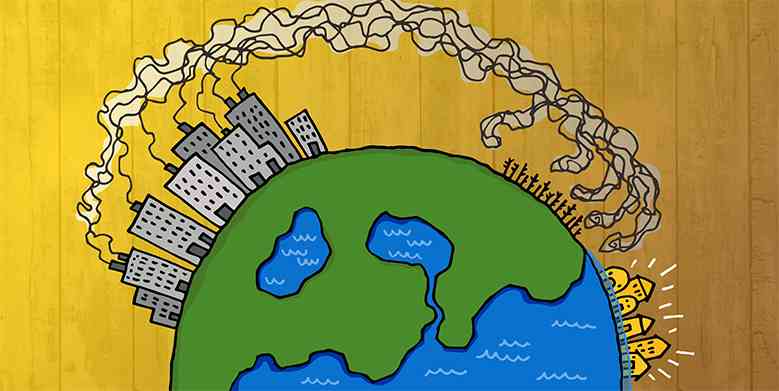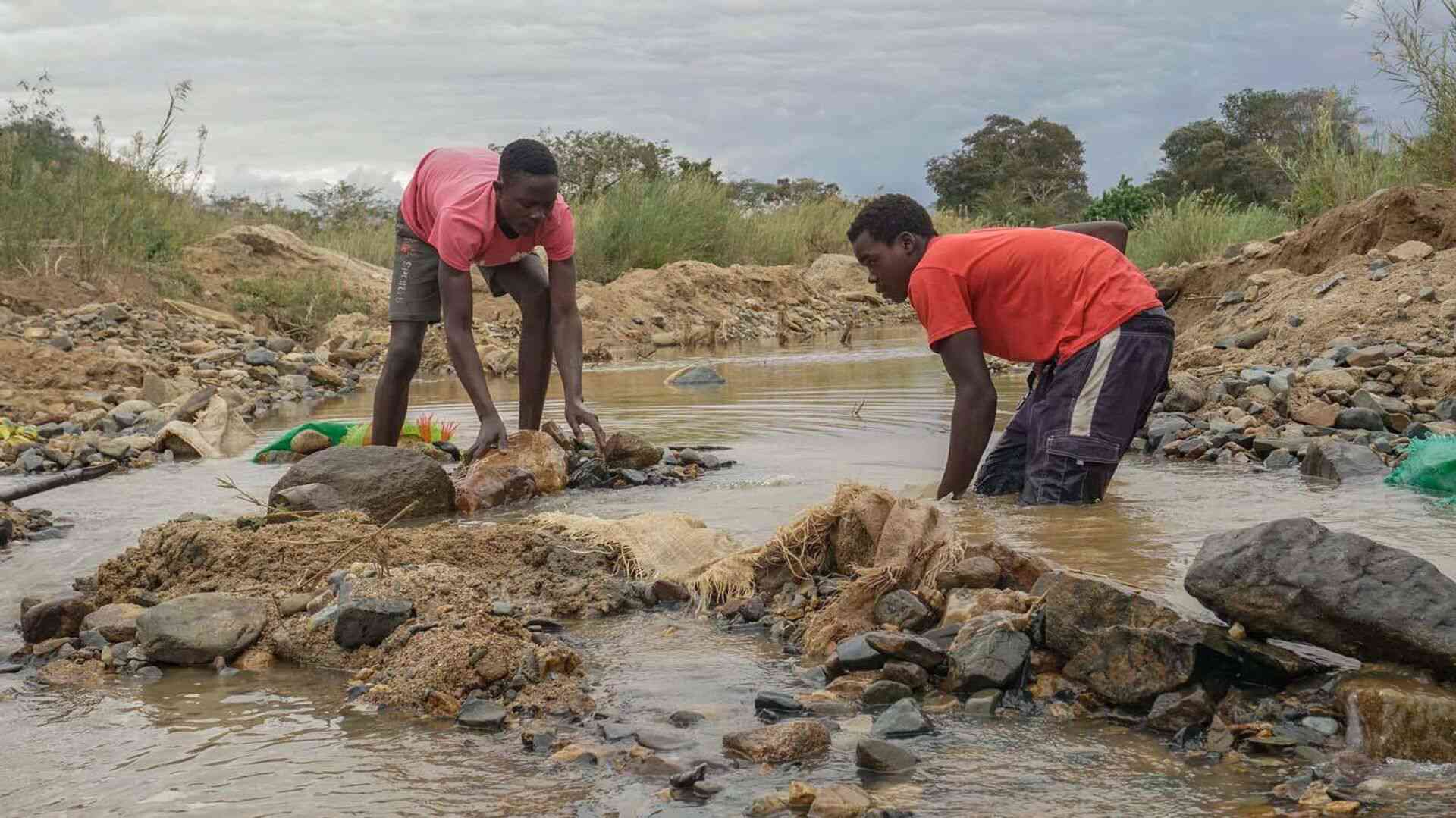
According to the latest Global Climate Litigation Report: 2023 Status Review, more and more people are finding solace in the courts of law to combat the climate crisis.
The report, produced by the United Nations Environment Programme, says as of December 2022, 2, 180 climate-related cases were filed in 65 different jurisdictions, which include international and regional courts, tribunals, quasi-judicial bodies, or other adjudicatory bodies, such as Special Procedures at the United Nations and arbitration tribunals.
The increase represents a steady increase from 884 cases in 2017 and 1 550 cases in 2020. This figure is likely to increase this year as more people became more conscious of their rights.
Rights groups are taking a prominent role in bringing these cases and driving climate change governance reform across the globe. What then it means is that climate litigation is now the frontier solution to change the dynamics of the fight against climate change.Climate litigation refers to the taking of legal actions by organisations, governments or even individuals to address the impacts of climate change and hold responsible parties accountable for their contribution to global warming. These lawsuits are meant to demand justice, enforce environmental regulations, and promote climate action. Climate litigation can take various forms, which include public nuisance, accountability, and human rights-based litigations.
Corporate accountability lawsuits target companies involved in activities that are deemed to be contributing to greenhouse gas emissions or fail to disclose climate-related risks adequately. Individuals or interested groups may file a lawsuit alleging that company X or Y has misled them about the risks associated with climate change. In most cases, litigant would be seeking to hold, for example, fossil fuel companies accountable for their knowledge of climate change impacts while funding disinformation campaigns.
Human rights-based climate litigation focuses on the violation of human rights as a result of climate change.
In such cases, it is argued that an identifiable party has failed to take adequate action to mitigate climate change and protect the rights of vulnerable groups. Public nuisance lawsuits are filed against companies or entities that contribute significantly to greenhouse gas emissions.
These cases argue that the defendants’ actions have caused harm to the public by exacerbating climate change and its associated impacts, such as rising sea levels, extreme weather events, and health risks. Plaintiffs in these cases often include municipalities, states, or groups of individuals affected by climate change.
- Little Mr & Miss Zimbabwe crowned
- ‘Nec wages hardly reach PDL’
- Mnangagwa regime on UN radar over abuses
- Stanbic voted best African bank
Keep Reading
The motivations behind climate litigation vary depending on the specific case and the parties involved.
Some key motivation behind these litigations is to get compensation, force accountability or effect policy change.
Many plaintiffs seek compensation for damages caused by climate change impacts, such as property damage, loss of livelihoods, or health issues. They would argue that those responsible for greenhouse gas emissions should bear the costs associated with adaptation and recovery efforts.
In most cases, litigations are usually aimed at holding parties accountable for their actions or inactions regarding climate change.
By bringing these cases to court, plaintiffs would be seeking to establish legal precedents that require entities to take more action to reduce emissions and mitigate the impacts of climate change.
More importantly, climate lawsuits are meant to trigger policy change. When a court rules in plaintiff’s favour, it would lead to new regulations, stricter enforcement of existing laws, or the development of climate-related policies at local, national, or international levels.
In 2019, a Dutch environmental organization, Urgenda, won a case where it sued its government for failure to take significant steps to reduce greenhouse gas emissions.
The Dutch Supreme Court ruled that the government had a legal obligation to protect its citizens from the dangers of climate change.
Challenges
While climate litigation is fast gaining prominence worldwide, it can face hurdles related to causation, standing, jurisdiction, and opposition from vested interests.
Establishing a direct causal link between specific greenhouse gas emissions and individual climate impacts can be complex. Proving that a defendant’s actions are responsible for specific damages can be challenging due to the “weird” nature of climate change.
The Juliana v. US government case is a good example. In 2015, 21 youths sued their government, arguing that it violated their constitutional rights by promoting fossil fuel production and contributing to climate change.
The case has faced legal challenges and is still going on, eight years later.
Climate litigation is crucial in tackling climate change and driving policy changes towards a sustainable future.
By holding responsible parties accountable and seeking compensation for damages, these legal actions contribute to global efforts to mitigate greenhouse gas emissions and adapt to the changing climate.
Climate litigation is critical in advancing climate justice by seeking legal remedies. Until next week!
- Chiduku is a communications, public policy and governance expert with interests in agriculture, climate change and environmental issues. He writes in his personal capacity. — cchiduku@gmail.com or Call/App +263775716517










